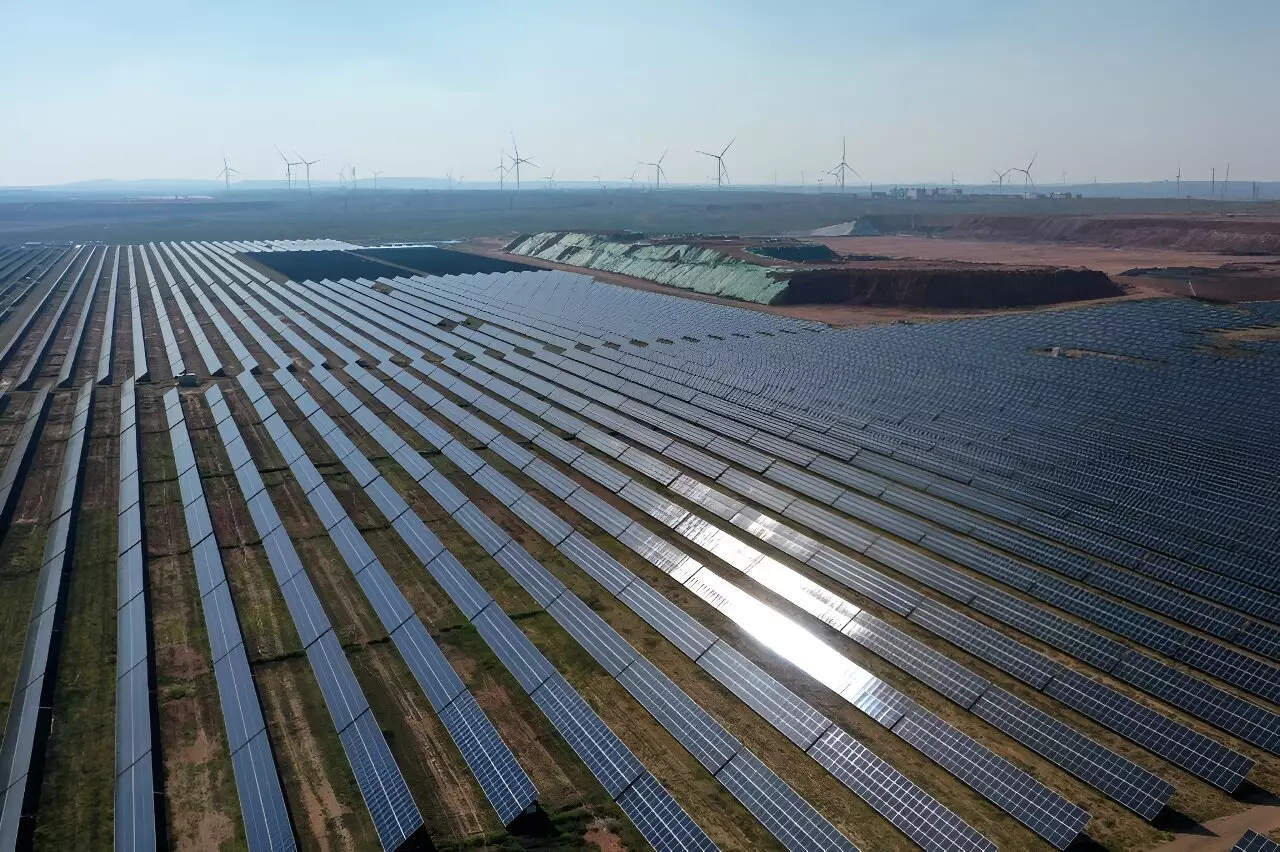Recent research highlights a significant shift in China’s energy consumption, with clean sources now accounting for a remarkable 25% of the total energy mix. This pivot towards renewable energy not only reflects China’s commitment to environmental sustainability but also marks a crucial step in its efforts to address the profound challenges posed by climate change. As a nation grappling with the dual pressures of heavy industrialization and environmental degradation, China’s transition to greener energy sources is both timely and essential.
China’s position as the world’s largest emitter of greenhouse gases places it at the center of global climate discussions. Despite this daunting title, the country is making strides to redefine its energy profile, emerging as a leader in renewable energy. With ambitious goals set to peak carbon emissions by 2030 and achieve net-zero by 2060, China’s efforts resonate widely. The latest white paper reveals that the share of clean energy in China’s national consumption has surged from 15.5% a decade ago to 26.4%. Such growth is crucial for aligning with international climate accords, particularly the Paris Agreement, which aims to limit global temperature increases.
The increase in renewable energy capacity is staggering; wind and solar energy installations have expanded tenfold in just ten years. This growth implies not only a strategic pivot but also a massive investment in technology and infrastructure. By directly accounting for over 40% of the global renewable energy capacity added since 2013, China is not merely participating in the renewable energy transition—it is leading it. However, while these achievements are noteworthy, they also beg the question of sustainability and long-term feasibility amid rapid expansion.
China’s notable progress in shifting away from coal and other polluting energy sources has earned it international recognition. Recent milestones, such as surpassing the wind and solar capacity targets set by President Xi Jinping six years earlier than anticipated, have led to commendations from various quarters. Nevertheless, accolades come accompanied by criticism; the country’s reluctance to adopt even more ambitious measures raises eyebrows.
Despite these advances, challenges persist. Disparities in renewable energy development across different regions can result in considerable energy wastage. Moreover, the domestic solar industry faces turbulence, with some companies experiencing severe financial distress due to the rapidly evolving landscape. These issues signify that while progress has been made, a coherent strategy is essential to harness the full potential of renewable energy without sacrificing economic stability.
As China endeavors to solidify its status as a leader in renewable energy, the balance is delicate. Recognizing both achievements and existing hurdles is vital for fostering a sustainable future. With concerted efforts, innovative policies, and collaboration on all levels, China can navigate the complexities of this transition, ensuring that its energy future is as bright as it promises to be. Moving forward, the commitment to sustainable practices will not only shape China’s environmental policies but also outline a blueprint for global energy reform.


Leave a Reply